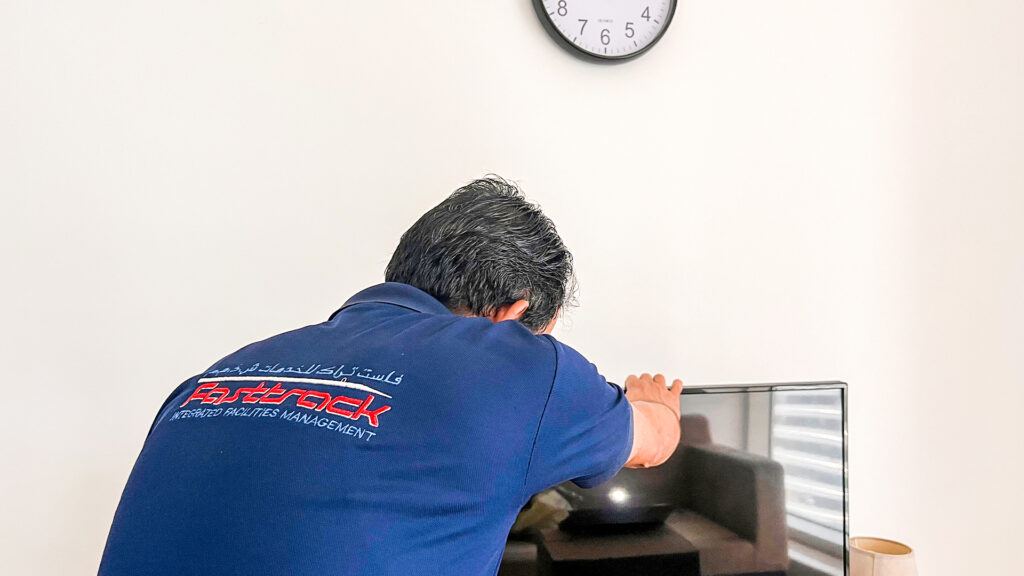The Role of Facilities Management in Creating a Sustainable Workplace”
Sustainability has become a top priority for businesses around the world, and facilities management plays a crucial role in achieving environmental goals. In this blog post, we will explore the various ways in which facilities management companies can contribute to creating a sustainable workplace. From energy efficiency to waste management, we’ll discuss key practices that can make a significant difference in reducing environmental impact while enhancing operational efficiency.
Energy Efficiency and Renewable Energy: Facilities management companies can lead the way in implementing energy-efficient practices within workplaces. This section will delve into strategies such as upgrading to energy-efficient lighting systems, optimizing heating, ventilation, and air conditioning (HVAC) systems, and utilizing renewable energy sources like solar panels or wind turbines. We’ll discuss the financial and environmental benefits of these initiatives and how facilities managers can leverage technologies and data analysis to monitor and improve energy performance.
Waste Management and Recycling: Effective waste management is essential for reducing environmental footprint. Here, we will highlight the importance of implementing waste reduction and recycling programs within workplaces. Facilities management companies can help organizations establish proper waste segregation practices, educate employees about recycling initiatives, and collaborate with recycling partners to ensure responsible waste disposal. We’ll also explore innovative solutions such as composting programs and electronic waste recycling to further promote sustainability.
Water Conservation: Conserving water is another critical aspect of sustainable facilities management. This section will cover strategies for reducing water consumption, such as installing low-flow faucets and toilets, implementing water-efficient landscaping practices, and utilizing rainwater harvesting systems. We’ll discuss the importance of monitoring water usage, identifying leaks, and implementing water-saving initiatives to minimize waste and contribute to water conservation efforts.
Indoor Air Quality and Green Cleaning: Creating a healthy and productive work environment is crucial for employee well-being. In this part, we’ll focus on the significance of maintaining high indoor air quality through proper ventilation systems, air filtration, and regular maintenance practices. We’ll also emphasize the importance of using eco-friendly cleaning products and adopting green cleaning practices to minimize exposure to harmful chemicals and reduce environmental impact.
Sustainable Procurement and Materials Management: Facilities management companies can influence sustainability through responsible procurement and materials management practices. This section will explore the concept of sustainable procurement, which involves sourcing environmentally friendly products, considering lifecycle costs, and working with suppliers who prioritize sustainability. We’ll discuss the importance of selecting materials with recycled content, promoting reusable items, and reducing single-use plastics within the workplace.
Facilities management companies have a significant role to play in driving sustainability within workplaces. By implementing energy-efficient practices, managing waste responsibly, conserving water, ensuring good indoor air quality, and promoting sustainable procurement, these companies can contribute to a greener and more sustainable future. Embracing these practices not only benefits the environment but also enhances operational efficiency, reduces costs, and improves the overall well-being of employees.



